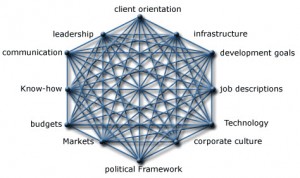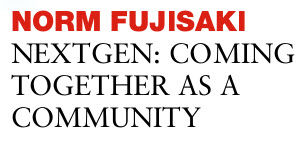Dealing with a Dynamic, Complex Environment
 One of the challenges of creating effective strategies is predicting how stakeholders or agents in a system will respond to any change introduced in the system. Any time a change is introduced, it’s disturbing the equilibrium in the system. The system responds to the disturbance and seeks a new equilibrium. In other words, the system and the environment are dynamic; they are anything but static. Planners often make assumptions as they do their planning, often assuming that certain things will remain unchanged. Such assumptions are made to make the planning problem tractable. But, you may wind up with a tractable problem with an insufficient degree of realism. Is it any wonder why many plans don’t pan out? You can often trace it back to a simplifying assumption that was later overshadowed by a shifting environment or an assumption that turned out to be wrong or unrealistic. Fortunately, there are methods and tools available today to help us deal with the dynamics and complexities the systems and environments in which we live. The following article provides an example of a system dynamics model built at the FAA. IT Goes Strategic
One of the challenges of creating effective strategies is predicting how stakeholders or agents in a system will respond to any change introduced in the system. Any time a change is introduced, it’s disturbing the equilibrium in the system. The system responds to the disturbance and seeks a new equilibrium. In other words, the system and the environment are dynamic; they are anything but static. Planners often make assumptions as they do their planning, often assuming that certain things will remain unchanged. Such assumptions are made to make the planning problem tractable. But, you may wind up with a tractable problem with an insufficient degree of realism. Is it any wonder why many plans don’t pan out? You can often trace it back to a simplifying assumption that was later overshadowed by a shifting environment or an assumption that turned out to be wrong or unrealistic. Fortunately, there are methods and tools available today to help us deal with the dynamics and complexities the systems and environments in which we live. The following article provides an example of a system dynamics model built at the FAA. IT Goes Strategic



Connect
Connect with us on the following social media platforms.